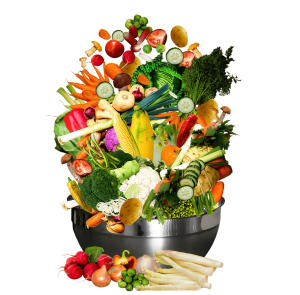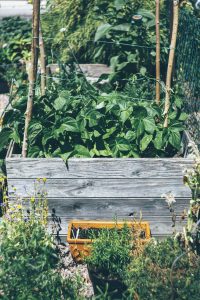Do you want to make a positive impact on the environment by reducing waste and enriching your garden soil? Let’s dive into the wonderful world of composting food scraps at home! In our guide, “How Can I Compost Food Scraps At Home?”, we’ll explore easy and practical steps to turn our leftover fruits, vegetables, and even coffee grounds into nutrient-rich compost. We’ll discuss the basics of composting, including what materials to use, how to manage our compost bin, and tips on maintaining the perfect balance between greens and browns. By the end of this adventure, we’ll be well on our way to becoming eco-friendly composting pros! Have you ever wondered how you can compost food scraps right at home? It is easier than you might think and has so many benefits for us and our environment. In this friendly guide, we will explore the step-by-step process to transform our food waste into rich, nutrient-packed compost. Are you ready to dive in with us?
Introduction to Composting
Composting is a natural process where organic materials, like food scraps and yard waste, decompose into a rich soil amendment called compost. It’s an eco-friendly way to recycle waste, reduce landfill usage, and create a valuable product for our garden.
Benefits of Composting at Home
Before we get into the how-to’s, let’s explore why composting is a fantastic habit:
- Reduces Waste: By composting, we can significantly cut down the volume of waste sent to landfills.
- Improves Soil Health: Compost adds essential nutrients to the soil, helping us grow healthier plants.
- Eco-friendly: It reduces methane emissions from landfills, which are potent greenhouse gases.
- Cost-effective: Making our compost saves money on soil conditioners and fertilizers.
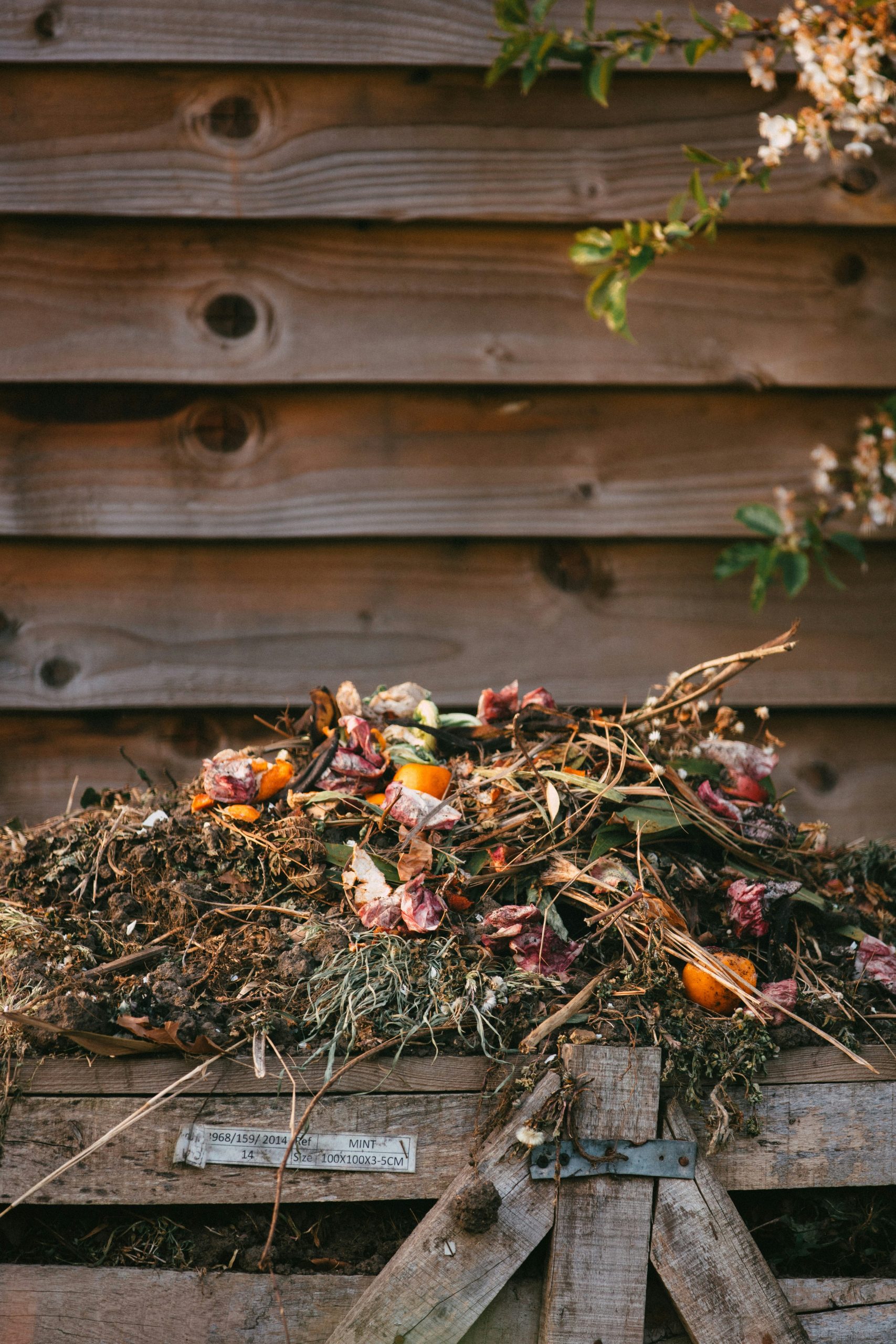
Types of Composting Methods
Aerobic Composting
This method relies on microorganisms that require air to survive. Aerobic composting involves frequently turning the compost to introduce oxygen. It’s ideal for outdoor compost bins or piles.
Anaerobic Composting
Anaerobic composting doesn’t require oxygen and often occurs in sealed bins or bags. It tends to be slower and can produce unpleasant odors, but it’s useful for those with limited space.
Vermicomposting
This method uses worms, specifically red wigglers, to break down organic matter. Vermicomposting is great for indoor use and produces nutrient-dense compost known as worm castings.
Choosing the Right Composting Method
Space Consideration
If we have a yard, aerobic composting or a compost pile might be best. For apartments or smaller spaces, vermicomposting or using a compost tumbler could be more appropriate.
| Method | Best For | Space Required |
|---|---|---|
| Aerobic | Large outdoor areas | Medium to large |
| Anaerobic | Small yards | Small to medium |
| Vermicomposting | Indoors or balcony | Small |
Time and Maintenance
Aerobic composting requires regular turning, which means more time commitment. Vermicomposting and anaerobic composting require less frequent maintenance but still need some attention.
| Method | Time Commitment | Maintenance Level |
|---|---|---|
| Aerobic | High | High |
| Anaerobic | Medium | Medium |
| Vermicomposting | Low | Low to medium |
Composting Systems
Now that we know our options, let’s delve into the composting systems suitable for each method.
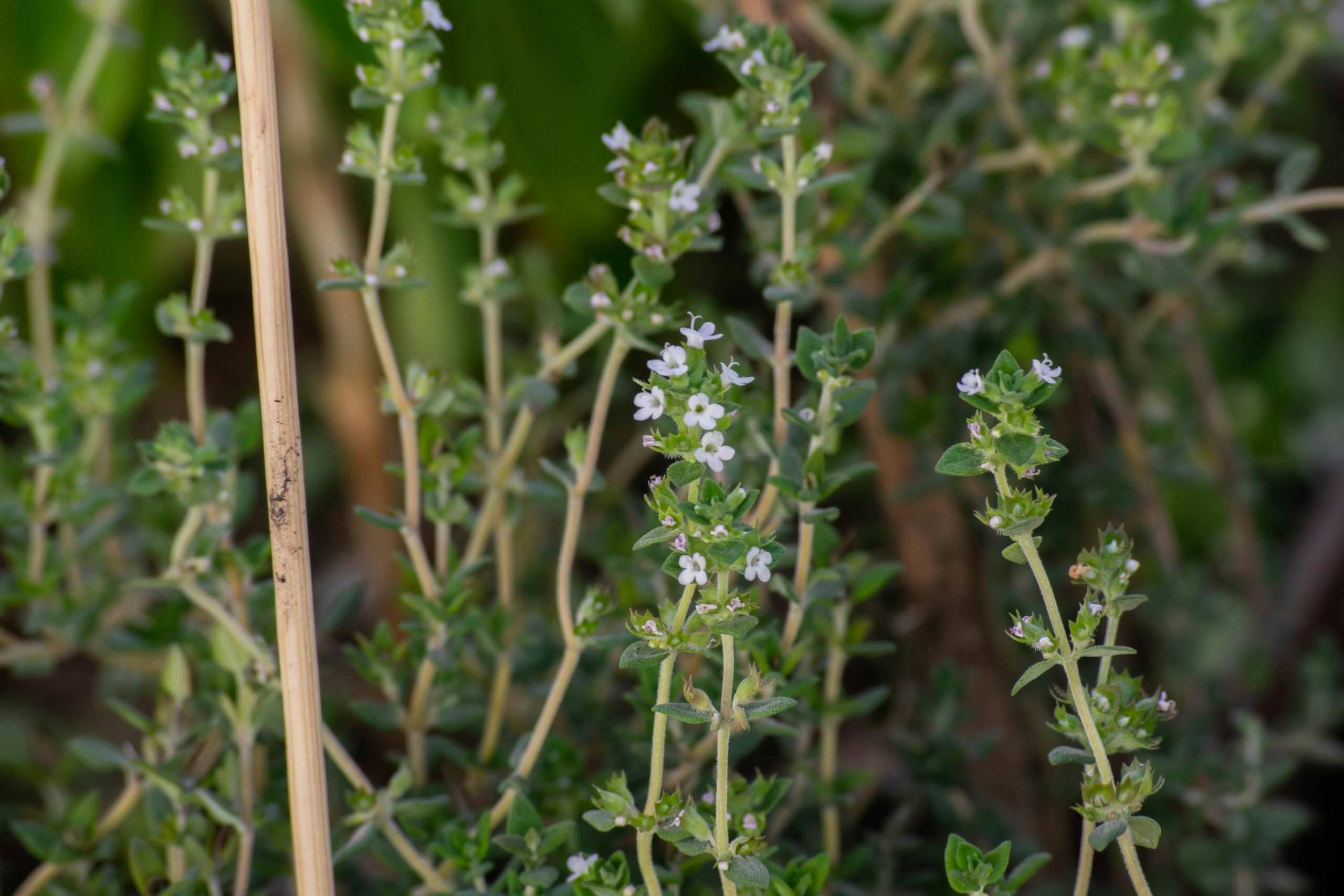
Setting Up a Composting System
Aerobic Composting
- Choosing a Bin: An open bin or compost heap in our garden will work. If we prefer something more contained, there are many compost bins available.
- Location: Place our bin in a shady, well-drained spot to maintain moisture balance and prevent it from becoming waterlogged.
- Materials: Start with organic materials—greens (nitrogen-rich) like vegetable scraps and browns (carbon-rich) like dry leaves.
Building Our Compost Pile
- Start with Browns: Begin with a layer of coarse materials such as twigs or straw to aid aeration.
- Alternate Layers: Add greens and browns in alternating layers. Chop larger materials to help them break down faster.
- Maintain Moisture: The pile should be as moist as a damp sponge. Add water if it becomes dry or add dry materials if it’s too wet.
- Aeration: Turn the pile once a week to ensure it gets enough oxygen.
Anaerobic Composting
- Choosing a Bin: Use a sealed compost bin or airtight container.
- Location: Place the bin in a cool, shaded area away from direct sunlight.
- Materials: Add our food scraps, garden waste, and a bit of soil or already finished compost to introduce beneficial microbes.
Managing an Anaerobic Bin
- Layering: Similar to aerobic composting, layer greens and browns, ensuring the bin is tightly sealed after each addition.
- Moisture Balance: Since there’s no turning, maintaining an appropriate moisture level is crucial. The container should not be too dry or too wet.
Vermicomposting
- Choosing a Bin: A specially designed worm bin or a DIY bin made from plastic containers will work.
- Location: Keep the bin indoors or in a sheltered spot to protect from extreme temperatures.
- Worm Selection: Red wigglers are our best choice for breaking down organic material efficiently.
Setting Up a Worm Bin
- Prepare the Bedding: Shred newspaper or cardboard, moisten it, and add it to the bin as bedding.
- Add Worms: Introduce our red wigglers to their new home.
- Feeding: Add food scraps, being cautious not to overfeed. Avoid adding too many citrus peels, onions, or garlic which can disturb the worms.
- Maintenance: Keep the bin moist and monitor the worm’s activity to ensure they are healthy and productive.
What Can We Compost?
Having the right materials is essential for successful composting. Here’s a handy guide on what we can and cannot compost.
Compostable Items
| Greens (Nitrogen-Rich) | Browns (Carbon-Rich) |
|---|---|
| Vegetable scraps | Dry leaves |
| Fruit peels and cores | Straw |
| Coffee grounds | Newspaper (shredded) |
| Tea bags | Cardboard (uncoated and shredded) |
| Fresh grass clippings | Sawdust (untreated wood) |
Non-Compostable Items
| Items to Avoid | Reason |
|---|---|
| Meat and dairy | Attract pests and produce odors |
| Glossy paper | Contains chemicals and inks |
| Oils and fats | Slow down decomposition and attract pests |
| Pet waste | May contain harmful pathogens |
| Diseased plants | Spread diseases to our garden |
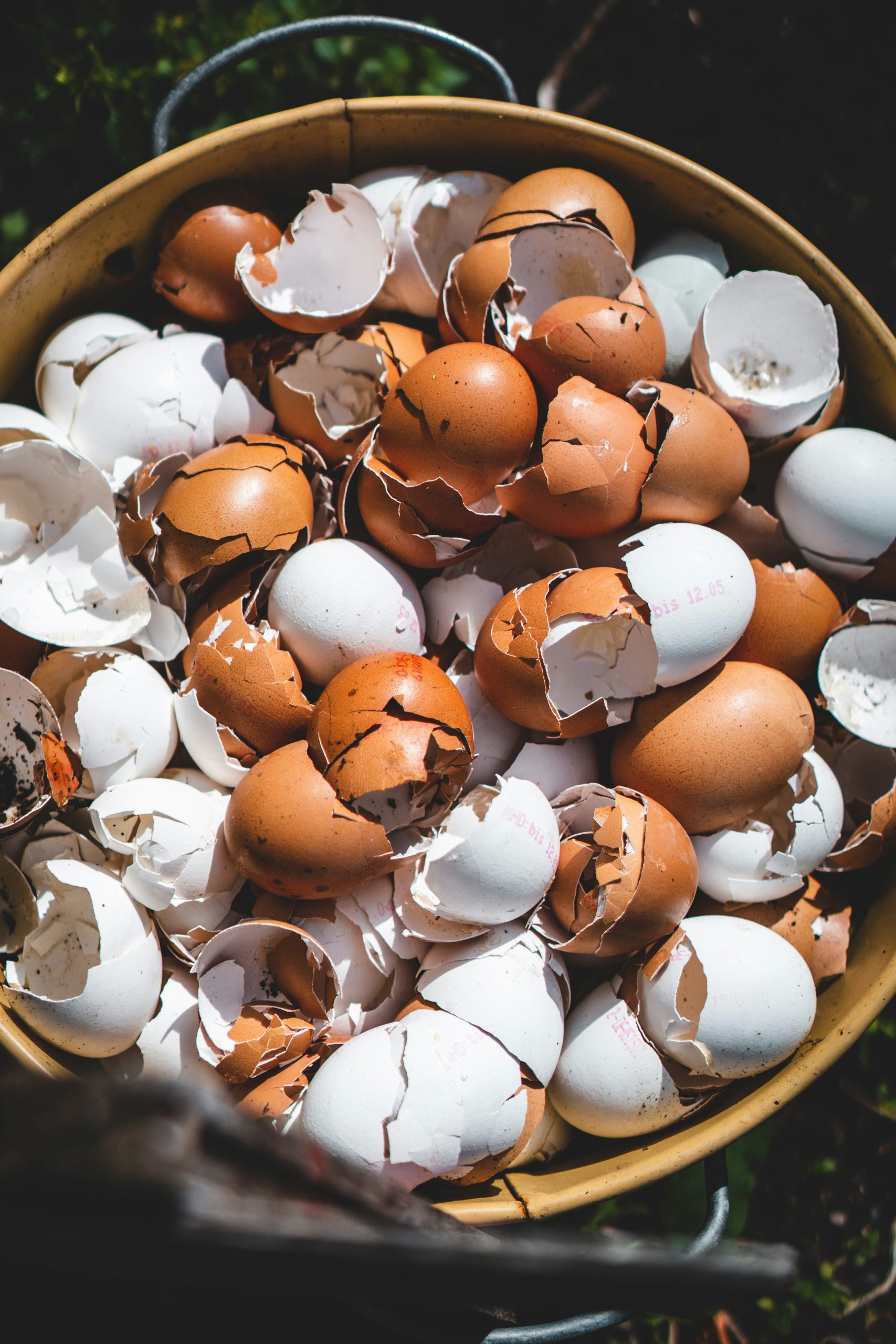
Common Composting Problems and Solutions
Even with the best efforts, sometimes we may encounter issues with our compost. Let’s look at common problems and how to solve them.
Bad Odors
- Cause: Too much green material, lack of oxygen.
- Solution: Add more brown material and turn the pile to aerate.
Pile Not Heating Up
- Cause: Incorrect balance of greens and browns, too dry or too wet.
- Solution: Ensure a proper mix of materials and adjust moisture levels.
Presence of Pests
- Cause: Adding meat, dairy, or oily food, open compost pile.
- Solution: Avoid problem materials and use a covered bin.
Compost is Too Wet
- Cause: Excess moisture, lack of browns.
- Solution: Add more dry materials, such as shredded newspaper or dry leaves.
Compost is Too Dry
- Cause: Insufficient moisture, too many browns.
- Solution: Add water gradually until the desired moisture level is reached.
Harvesting and Using Our Compost
When our compost is dark, crumbly, and has an earthy smell, it’s ready to be used. Here’s how to harvest and apply it.
Harvesting Compost
- From Aerobic Bins: Scoop out the finished compost from the bottom of the bin or pile.
- From Anaerobic Bins: Remove the finished product and let it air out for a few days to reduce any strong odors.
- From Vermicomposting Bins: Separate the worms from the compost by moving them to one side and harvesting the castings from the other.
Using Compost in the Garden
- Soil Amendment: Mix it into garden soil for a nutrient boost.
- Top Dressing: Spread it over the surface of the soil around plants.
- Compost Tea: Steep compost in water to create a liquid fertilizer for plants.
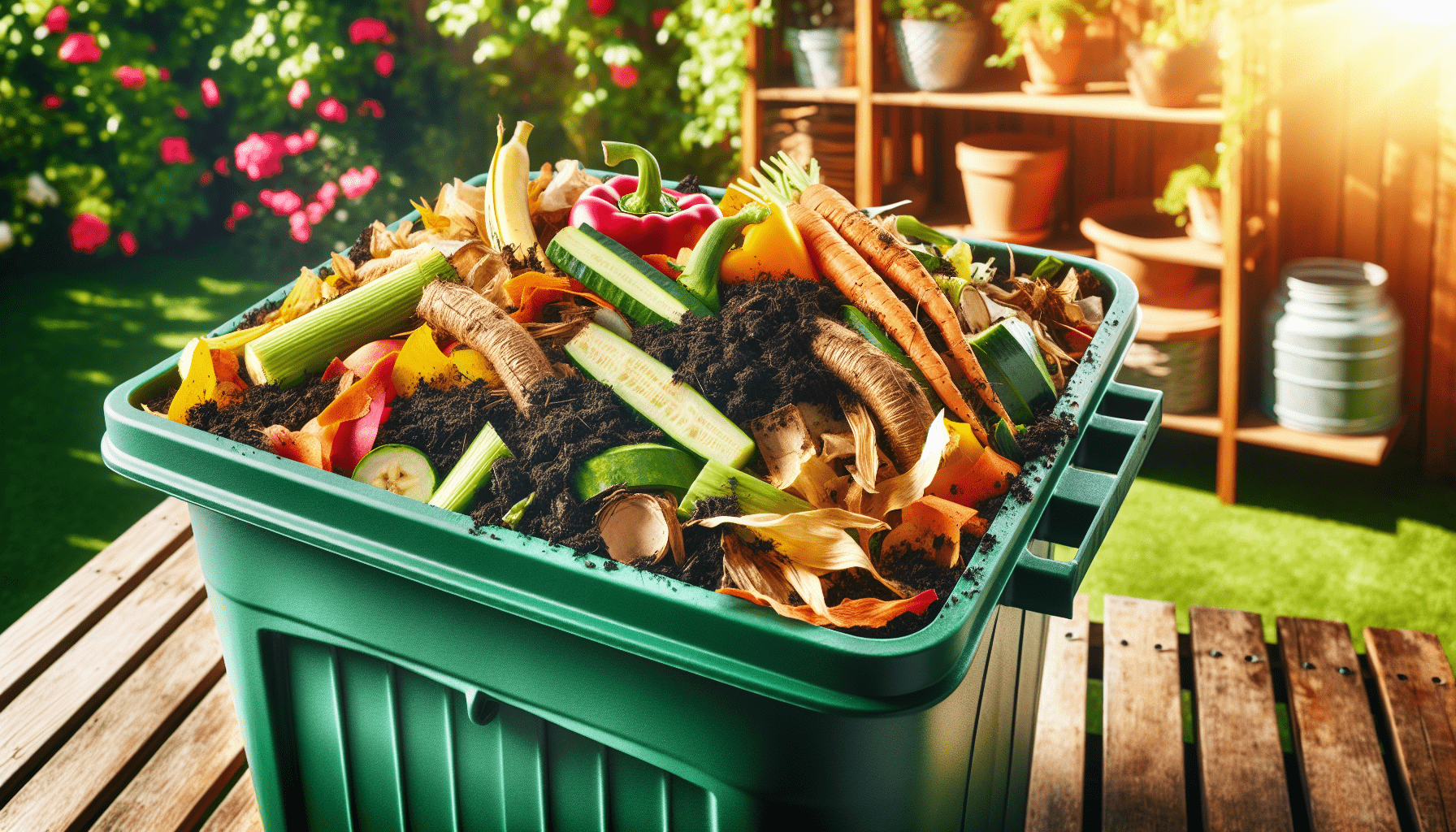
Composting Tips for Success
- Chop and Shred: Breaking down larger materials speeds up the composting process.
- Balance Browns and Greens: Maintain a healthy mix for optimal decomposition.
- Monitor Moisture: Keep the compost as damp as a wrung-out sponge.
- Turn Regularly: For aerobic composting, regular aeration accelerates decomposition.
Conclusion
By composting, we not only reduce our waste but also enrich our garden soil and help the environment. It may seem daunting at first, but with a little practice, it becomes a rewarding and impactful habit. Whether we have a sprawling garden, a small yard, or even a cozy apartment, there’s a composting method that will work for us. So let’s start composting our food scraps at home and make a positive change together!


